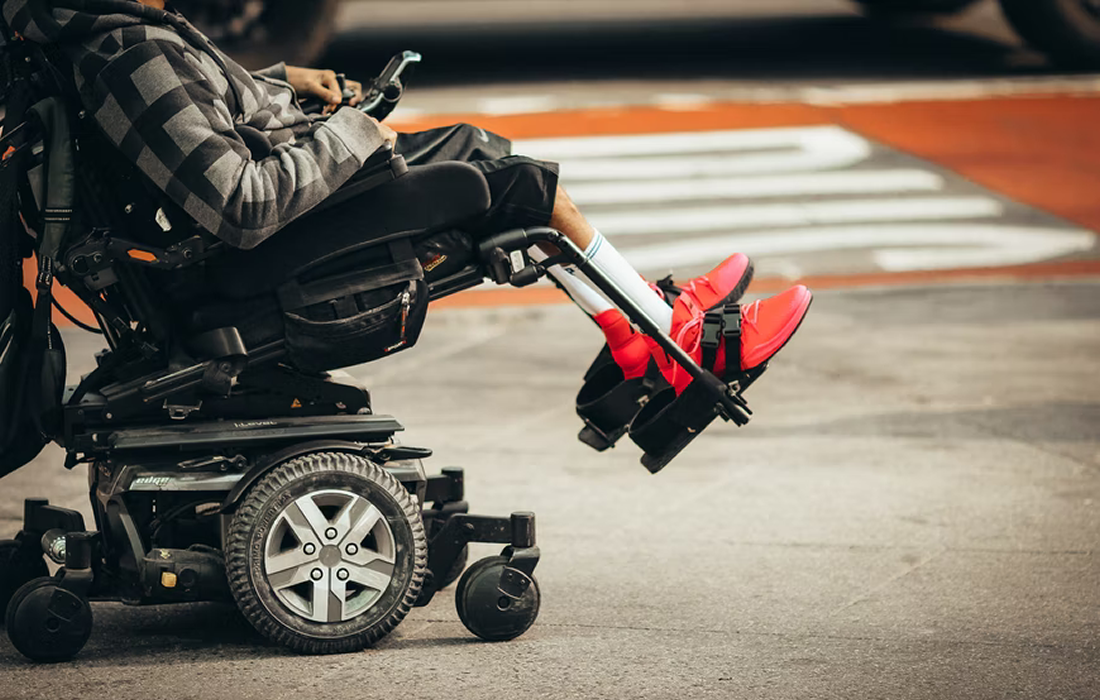Stem Cell Therapy for Specific Conditions
Encouraging Effects of MSCs in Rehabilitation of Children with Cerebral Palsy
Cerebral palsy (CP) is a neurological insufficiency that results from brain injury occurring before full neurological development. It involves impairment of movement, muscle, and cognitive functions.
The condition can be also accompanied by impairments in speech, cognition, epilepsy, secondary muscle contraction, and limb deformity.
Current progress in regenerative medicine has confirmed that stem cells can restore the injured brain. Cell therapy is a promising treatment for several neurological disorders acting by replacing dead cells, releasing protective factors, and modulation the lesion’s microenvironment in the nervous system.
MSCs can potentiate angiogenesis via cell contact interaction or paracrine effects. This process starts forming a new blood vessel network that will provide blood circulation and support the recovery of damaged tissue functions.
Cerebral white matter injury is common in CP, resulting in oligodendrocytes loss. The consequences are damaged myelin and disrupted nerve conduction. Stem cells help in changing the microglial reaction and improve axonal growth.
In a recently published study, a group of researchers evaluated the use of autologous bone marrow aspirate concentrate (BMAC) transplantation in the treatment of children with CP to improve their motor and cognitive functions.
Reduction in spasticity and Cognitive improvement
The study included a total of 42 patients with cerebral palsy, from ages one to 12 years, and was performed from March 2018 until March 2021. The team used serological, biochemical, and hematological tests for all patients, and also performed brain MRIs and electroencephalography (EEG) to assess the brain injury extent.
The improvement of motor function is evaluated using the gross motor function classification system (GMFCS), and child development was measured by the Learning Accomplishment System-Diagnostic (LAP-D).
Before the injection, a sample of cerebrospinal fluid (CSF) was taken to match the BMAC solution volume, in order to avoid disturbance of the CSF circulation. The MSCs were injected intrathecally between L4 and L5 vertebra, about 2.26 ml were injected.
After the therapy, the children had extensive rehabilitative therapy for 12 days (1-2 hours per day).
The researchers observed a reduction of spasticity, with higher flexibility and easiness in the patient’s movements in 58% of patients and significant cognitive improvement in 35% of patients. Their speech was improved in terms of clarity, fluency, and intelligibility.
The outcome of this study indicates that stem cell therapy and personalized training can improve the development of children with CP. The main goal of the therapy if to substitute injured tissue in the nervous system by activating the regenerative capacity of stem cells.
Source:
D.M. Maric, et al. Encouraging effect of autologous bone marrow aspirate concentrate in rehabilitation of children with cerebral palsy. Eur. 2022. Rev. Med. Pharmacol. Sci. DOI: 10.26355/eurrev_202204_28462
Image from:
Photo by Jon Tyson on Unsplash

